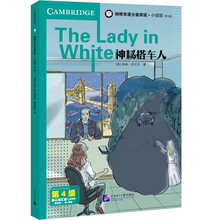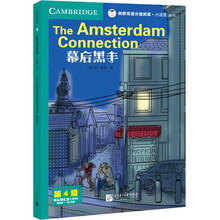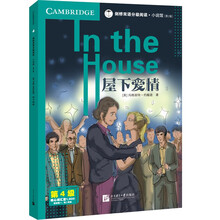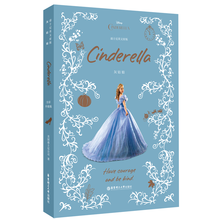She did not, however, in the letters which ac- companied the picture, though his mother, praise the beauty of her child. She said, in fact, that he was so ugly that she was ashamed of him, though his size and fatness, she added, made up for the want of beauty. And then his face was so serious and grave in expression, the queen said she truly believed that he was wiser than herself.<br> As the young prince advanced in years, the religious and politi- cal difficulties in the English nation increased, and by the time that he had arrived at an age when he could begin to receive impressions from the conversation of those around him, the Parliament began to be very jealous of the influence which his mother might exert. They were extremely anxious that he should be educated a Protestant, and were very much afraid that his mother would try to initiate him secretly into the ideas and practices of the Catholic faith. She insisted that she did not attempt to do this, and perhaps she did not; but in those days it was often considered fight to lie and deceive, so far as this was neces- sary to promote the cause of true religion. The queen did certainly make some efforts to place Catholic principles into the minds of some of her children; for she had other children after the birth of Charles. She gave a daughter a cruc/fix one day, which is a little image of Christ upon the cross, made usually of ivory, or silver, or gold, and also a rosary, which is a string of beads, by means of which the Catholics are assisted to count their prayers. Henrietta gave these things to her daughter secretly, and told her to hide them in her pocket, and taught her how to use them. The Parliament considered such attempts to influence the minds of the royal children as very ter- rible sins, and they made such arrangements for separating the young prince Charles from his mother, and putting the others under the gtmfance of proteatant teachers and governors, as very much inteofered with Henrietta's desires to enjoy the society of her children. Since England was a Protestant realm, a Catholic lady, in marrying an Eng- lish king, ought not to have expected, perhaps, to have been allowed to bring up her children in her own faith; still, it must have been very hard for a mother to be forbidden to teach her own children what she undoubtedly believed was the only possible means of securing for them the favor and protection of Heaven.<br> There is in London a vast storage of books, manuscripts, curiosi- tics, pictures, and other memorials of by-gone days, called the British Museum. Among the old records here preserved are various letters written by Henrietta, and one or two by Charles, the young prince, during his childhood. Here is one, for instance, written by Henrietta to her child, when the little prince was but eight years of age, criti- cizing him for not being willing to take his medicine. He was at that time under the charge of Lord Newcastle.<br> "CHARLES-I am sorry that I must begin my first letter with criticizing you, because I hear that you will not take your medicine. I hope it was only for this day, and that tomorrow you will do it, for if you will not, I must come to you and make you take it, for it is for your health. I have given orders to the Lord of Newcastle to send me word tonight whether you will or not. Therefore I hope you will not give me the pains to go; and so I rest, your loving mother,<br> HENRIETTE MARIE"<br> The letter was addressed: To MI DEARE SONNE the Prince.<br> The queen must have taken special pains with this her first letter to her son, for, with all its faults in spelling, it is very much more cor- rect than most of the letters which she attempted to write in English. She was very imperfectly acquainted with the English language, using, as she almost always did,in her domestic conversations, her own na- tive tongue.<br> Time passed on, and the difficulties and contests between King Charles and his people and Parliament became more and more exciting and alarming. One after another of the king's most devoted and faithful ministers was taken prisoner, tried, condemned, and put to death, despite all the efforts which the king could make to save them. Parties were formed, and party spirit ran very high. Conflicts were continually breaking out about the palaces, which threatened the per- sonal safety of the king and queen. Henrietta herself was a special object of the hatred which these outbreaks expressed. The king him- self was half distracted by the overwhelming difficulties of his position. Bad as it was in England, it was still worse in Scotland. There was an actual rebellion there, and the urgency of the danger in that quarter was so great that Charles concluded to go there, leaving the poor queen at home to take care of herself and her little ones as well as she could, with the few remaining means of protection yet left at her disposal.<br> There was an ancient mansion, called Oat lands, not very far from London, where the queen generally resided during the absence of her husband. It was a lonely place, on low and level ground, and surround- ed by canals, over which those who wished to enter passed by draw bridges. Henrietta chose this place for her residence because she thought she should be safer. She kept the children all there except the Prince of Wales, who was not allowed to be wholly under her care. He, however, often visited his mother, and she sometimes visited him.<br> During the absence of her husband, Queen Henrietta was subjected to many severe and heavy tr/a/s. Her communications with him were often interrupted and broken.<br> ……
展开










